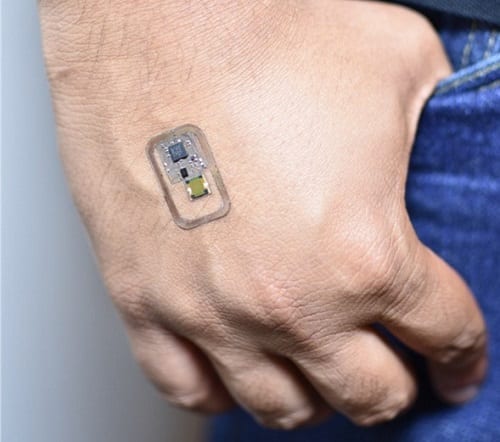The sensor helps users of e-cigarettes gauge the level of harmful risks associated with nicotine exposure and where to put a limit

As per studies by leading global health organisations, although smoking electronic cigarettes (e-cigarettes) is slightly less harmful than an ordinary cigarette, they nevertheless damage your organs, including the liver and heart. The main culprit is nicotine, a main constituent of e-cigarettes.
To quit the habit of smoking, many smokers resort to e-cigarettes without fully realising the adverse health effects of nicotine in them. Now, researchers from prominent Australian and U.S. research institutes have developed a battery-free, wearable device that helps such people know their limits in real-time.
E-cigarettes work by converting a mixture of nicotine and other chemicals into aerosols, which is then inhaled by the user. To counter the ill effects of nicotine exposure on the respiratory system (which can lead to lung cancer), portable nicotine sensors are being developed, but they tend to be impractical in the absence of sweat or sunlight, thus failing to give accurate real-time results.
The latest nicotine monitoring device comprises a lightweight, wearable sensor that is based on vanadium dioxide (VO2) on a polyimide substrate. The nicotine bonds to a thin film of VO2, thereby altering the film’s conductivity depending on nicotine concentration. This change in conductivity is then amplified and transmitted wirelessly to a smartphone for analysis. All of this happens in real-time.
Such a device can also help non-vapers (non-smokers of e-cigarettes) along with vapers to gauge the level of exposure to second-hand smoke. When applied to the skin, the battery-free sensor can measure the wearer’s exposure to vapourised nicotine in the air.
With this development, the use of wearable electronics for real-time monitoring of hazardous substances in the environment can get a boost.
More info here









